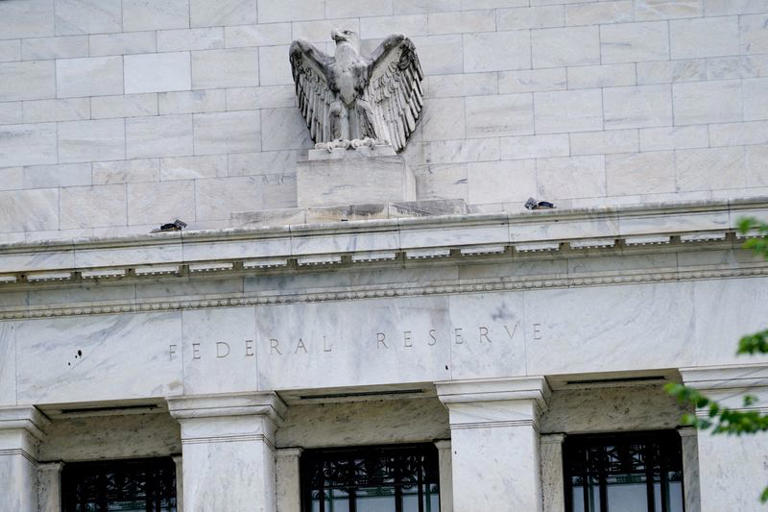Big U.S. lenders are bracing themselves for the Federal Reserve’s annual stress tests, set to be unveiled on Wednesday, a critical evaluation of their financial resilience amid potential economic turmoil. These tests, introduced in the aftermath of the 2007-2009 financial crisis, are pivotal in assessing how well banks can weather severe economic downturns and still maintain adequate capital to support their operations and protect against losses.
Scheduled annually, the stress tests simulate hypothetical scenarios that include significant economic stressors such as a sharp rise in unemployment, steep declines in stock and bond markets, and substantial decreases in property values, particularly in commercial real estate (CRE). For 2024, the Fed’s “severely adverse” scenario envisions an unemployment rate soaring by 6.3 percentage points to a peak of 10%, coupled with heightened financial market volatility and persistent challenges in the real estate sector due to pandemic-era office vacancies and rising interest rates.
This year’s stress tests encompass a broader spectrum of 32 banks, reflecting increased scrutiny not only on major Wall Street institutions like JPMorgan Chase, Citigroup, Bank of America, Goldman Sachs, Wells Fargo, and Morgan Stanley, but also on mid-sized regional players such as Citizens Financial Group, KeyCorp, Truist Financial Corporation, and Discover Financial Services. These institutions face distinct challenges, ranging from regulatory compliance issues to specific vulnerabilities in their CRE loan portfolios.
The tests serve multiple purposes. They determine whether banks maintain capital ratios above regulatory minimums during adverse scenarios and assess the size of their stress capital buffers (SCBs). SCBs are additional capital cushions mandated by the Fed, tailored to each bank’s risk profile and the severity of potential losses identified in the stress scenarios. Banks that perform well may see stable or reduced SCBs, indicating confidence in their risk management and financial health. Conversely, banks facing challenges may be required to bolster their SCBs to better withstand economic shocks.
Analysts anticipate that all 32 banks will demonstrate capital resilience above regulatory thresholds, reflecting improvements in risk management and capital planning capabilities since the inception of the stress tests. Nevertheless, concerns persist, particularly for regional banks with heavier exposure to CRE markets, where asset quality and loan performance remain pivotal indicators of financial stability.
Beyond financial resilience, the stress test results carry broader implications for banks’ strategies on capital management and shareholder payouts. While major banks may seek to ease proposed capital requirements by showcasing strong capital positions, they are expected to tread cautiously on dividends and share buybacks to maintain flexibility amid uncertain economic conditions and evolving regulatory frameworks.
In conclusion, the outcome of the Fed’s stress tests will not only shape market perceptions of banks’ stability but also influence regulatory discussions on capital adequacy and financial resilience. The tests provide a critical barometer of the banking sector’s preparedness for economic challenges, informing stakeholders and investors alike about the industry’s ability to navigate uncertain times while maintaining sound financial health.
